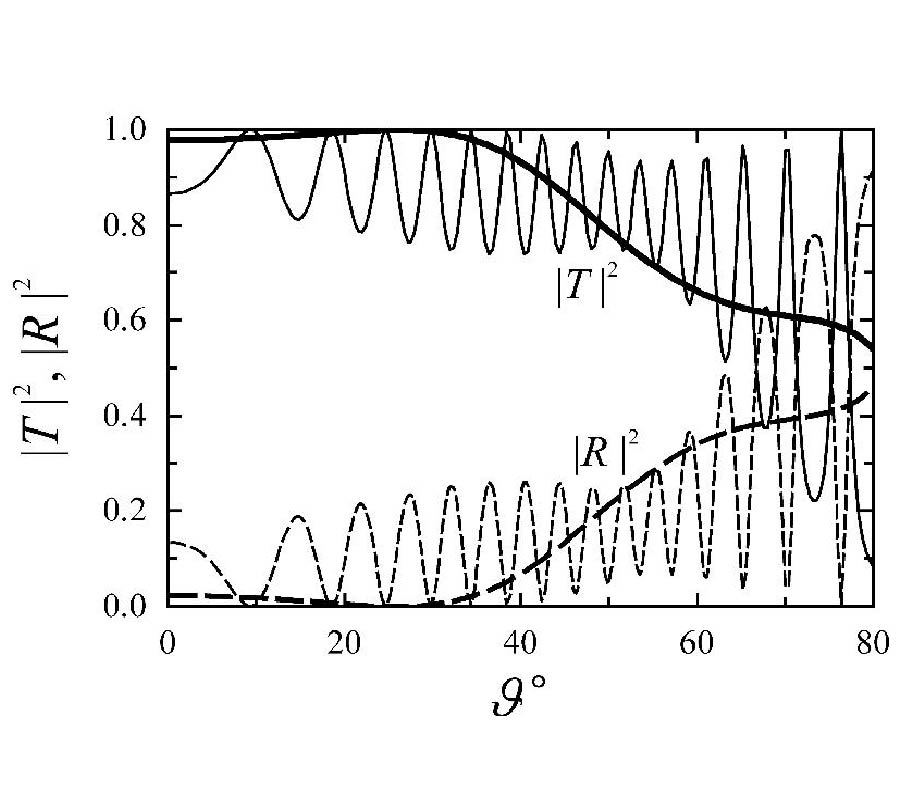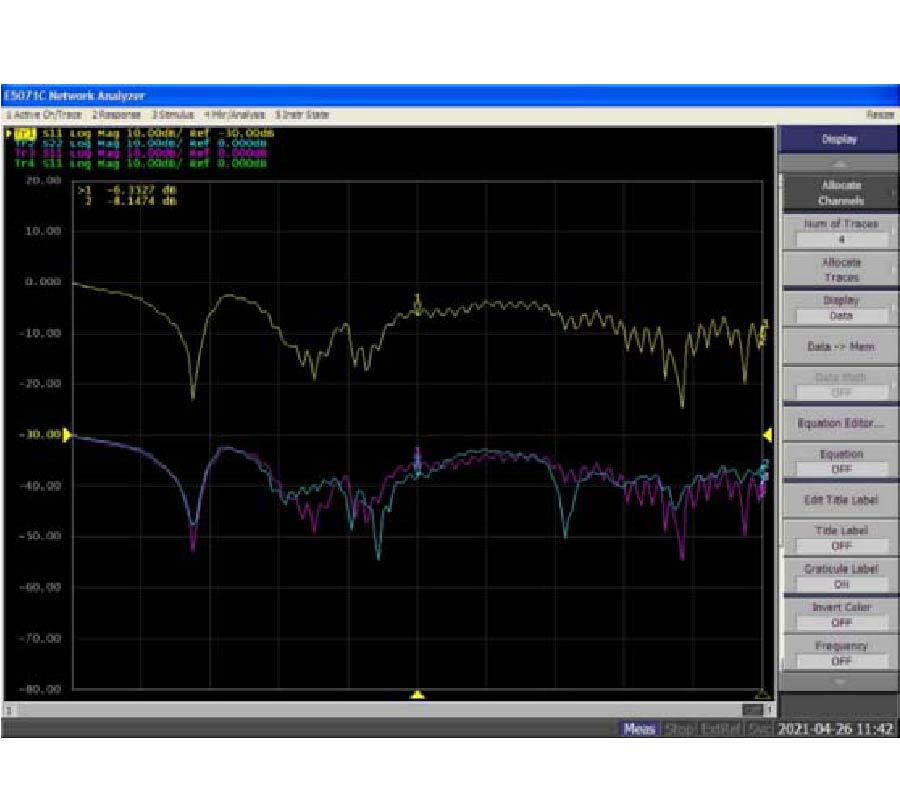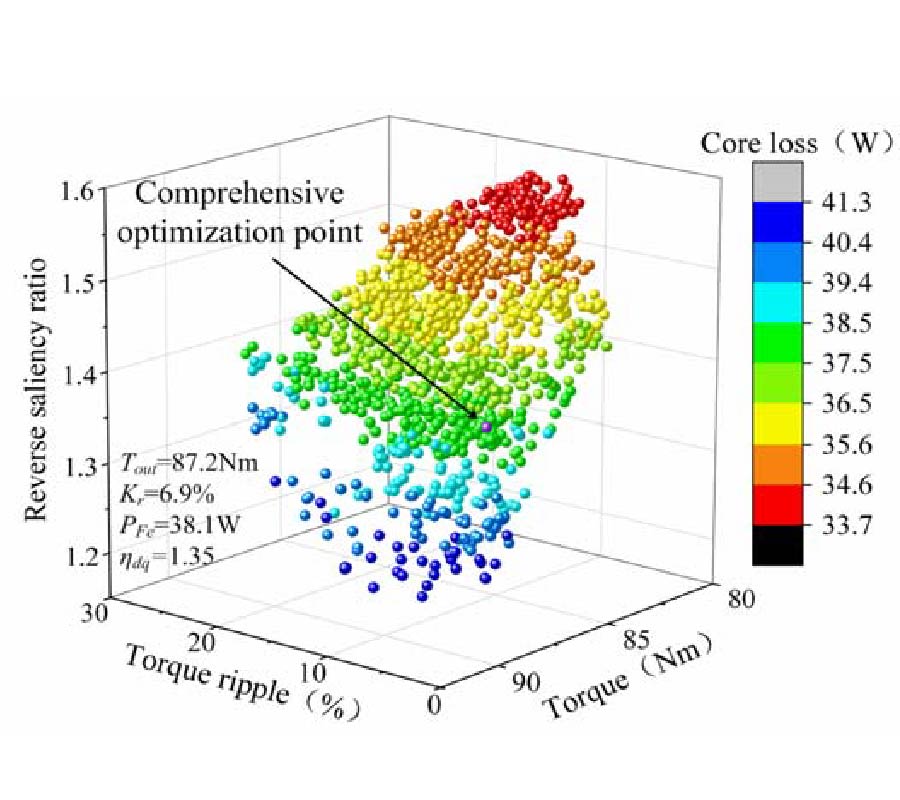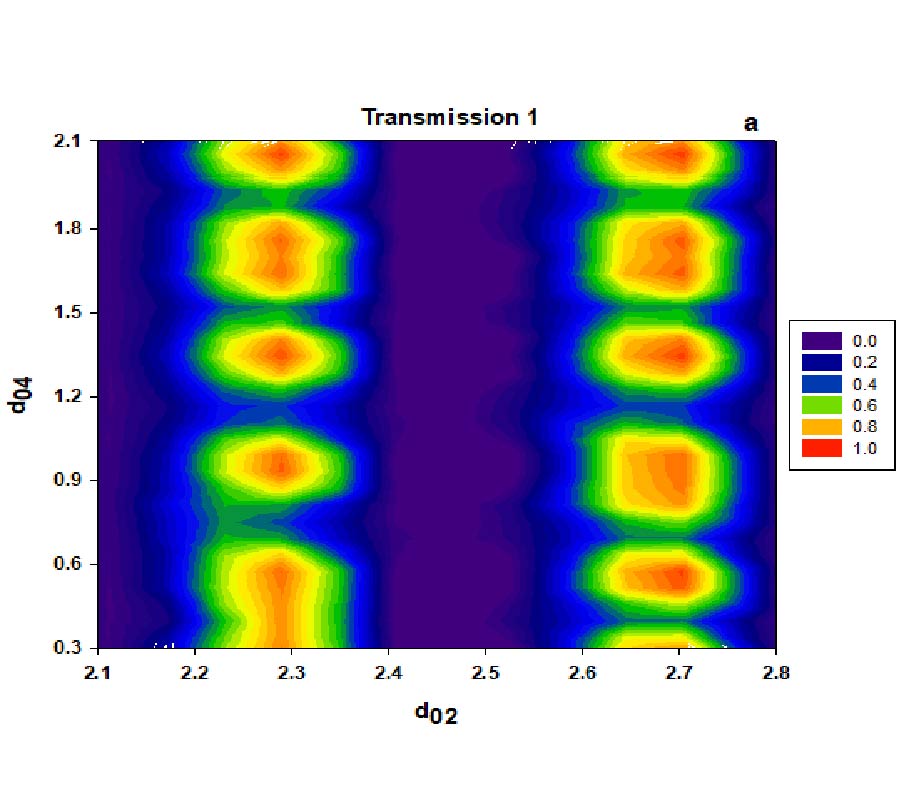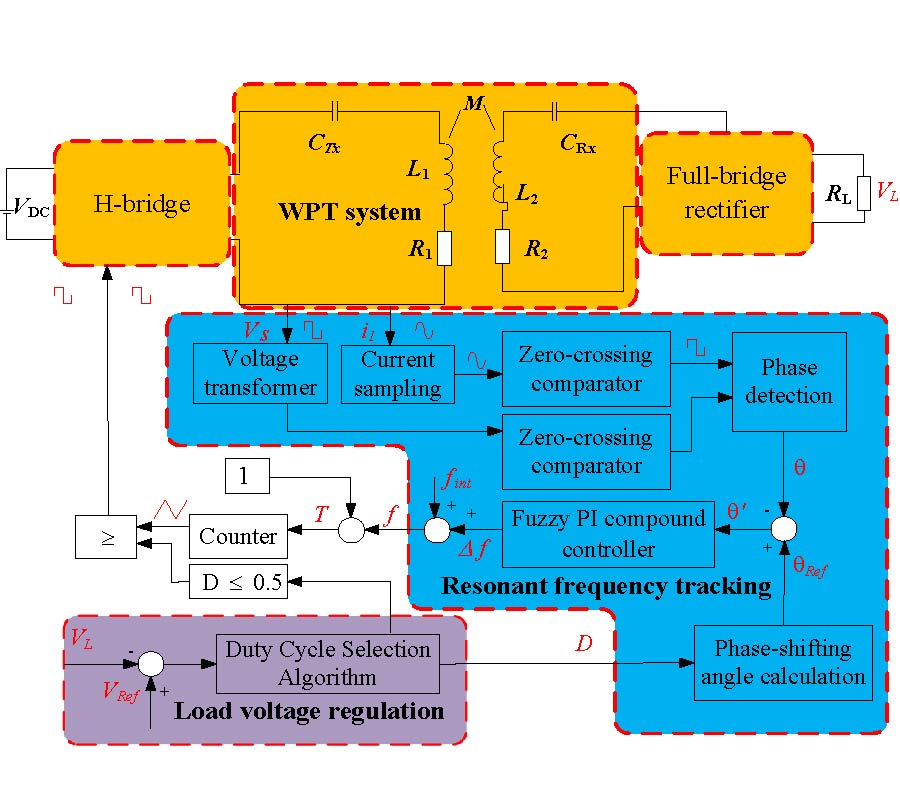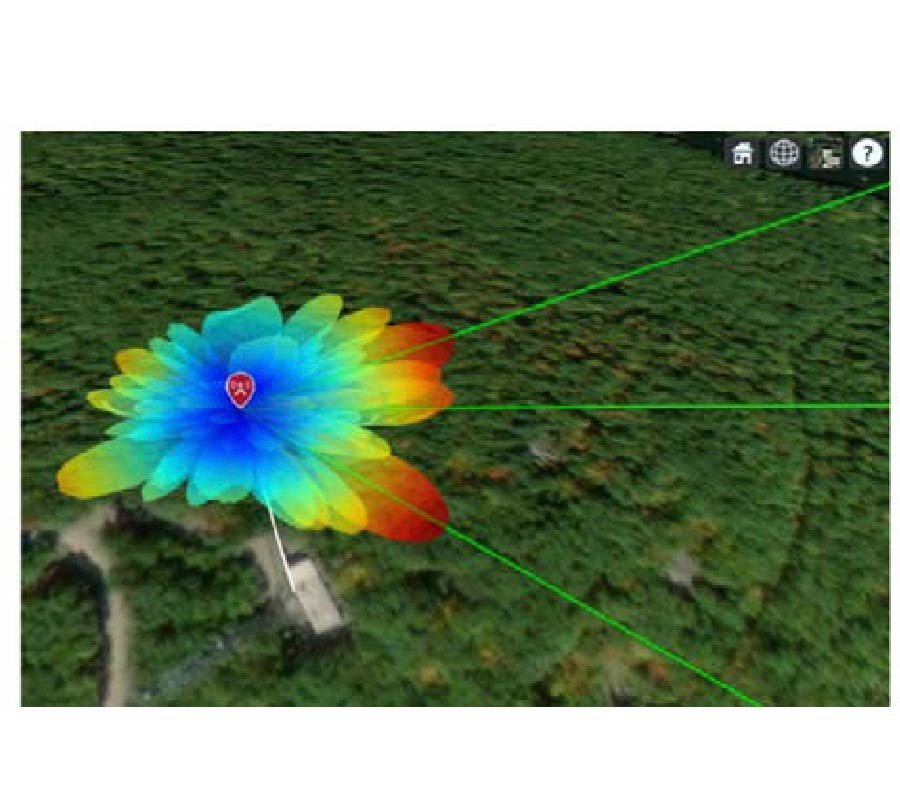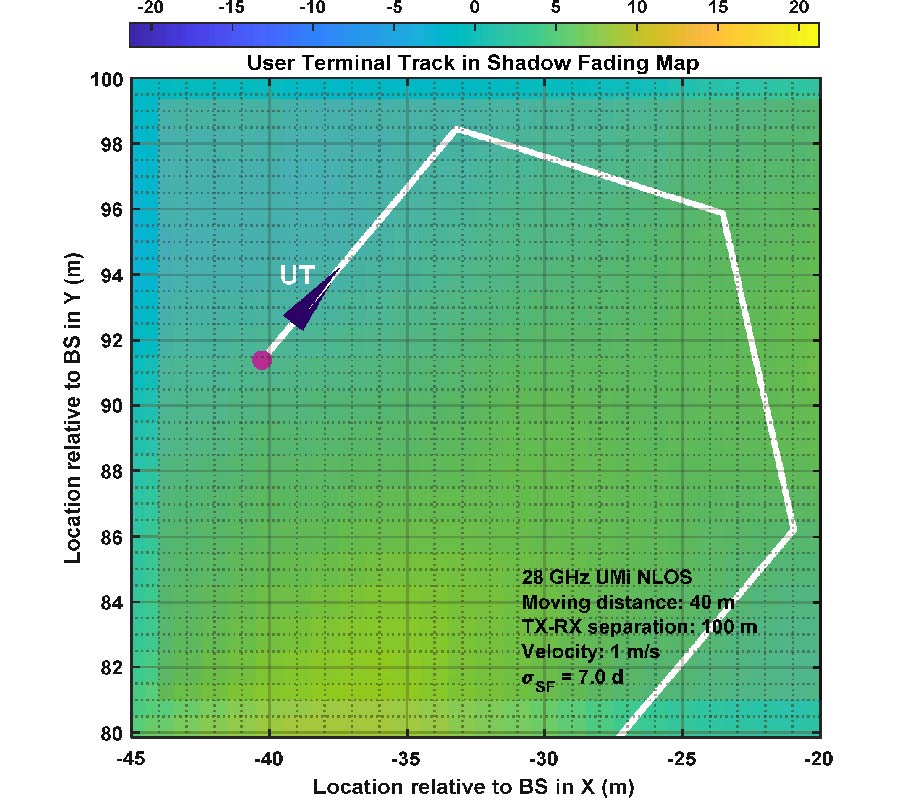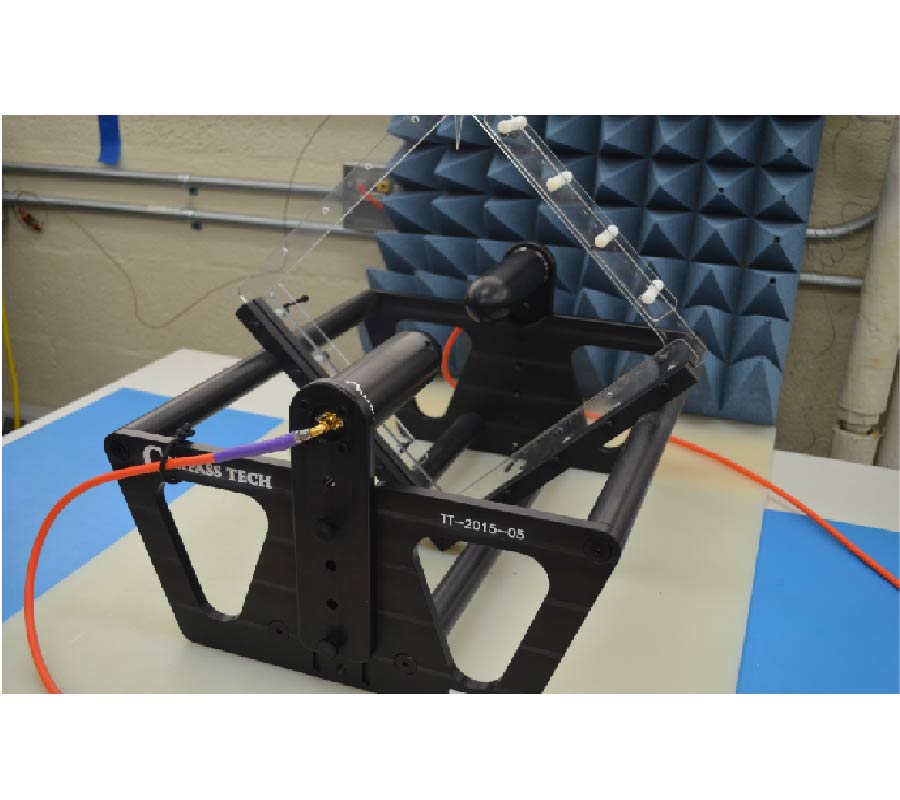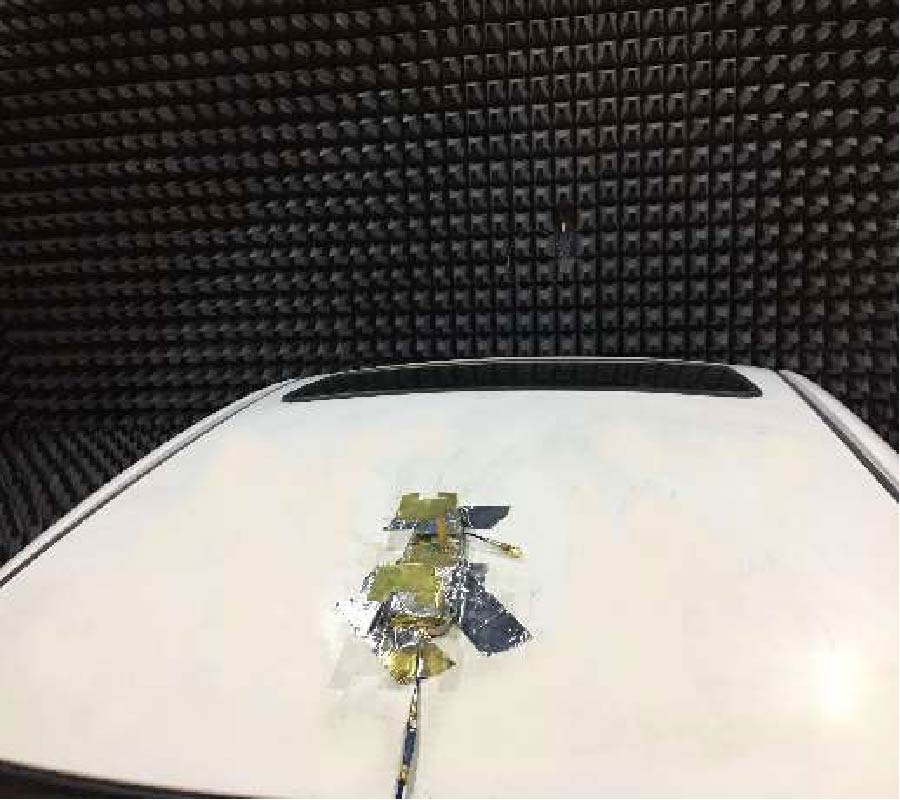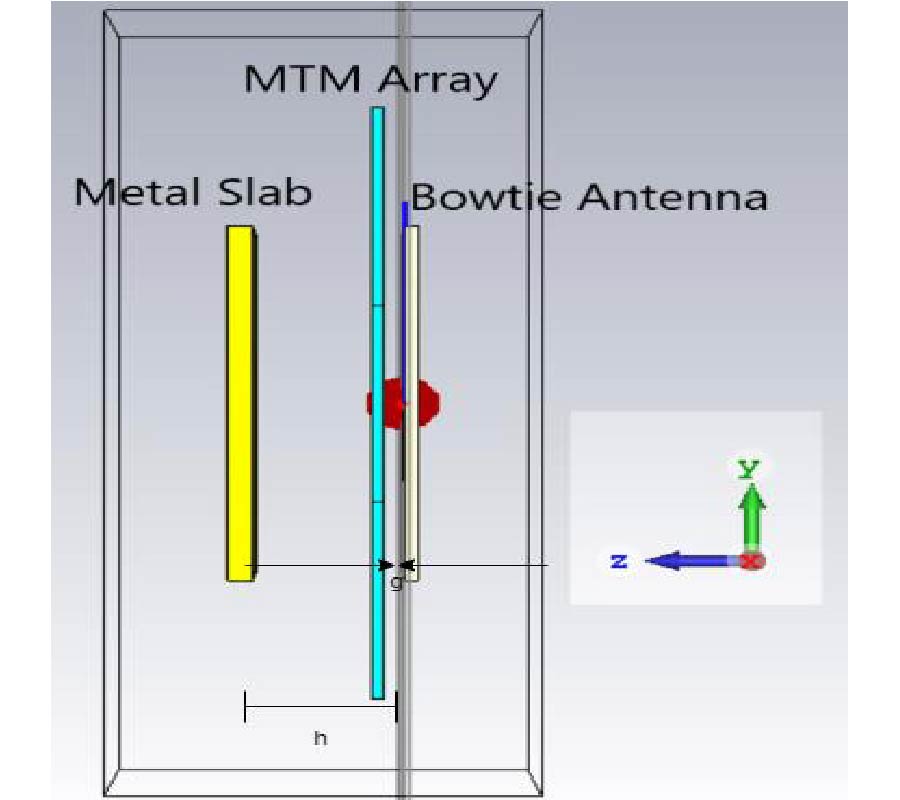Dual Feed Multiband Microstrip Patch Antenna Design with Circular Polarized Wave for 5G Cellular Communication
Rajiv Pathak,
Biswa Binayak Mangaraj,
Arun Kumar and
Sushil Kumar
This paper proposes an orthogonal dual-feed microstrip patch antenna (MPA) that achieves multi-band resonance along with circular polarization at its primary band of 5G cellular communication. The proposed antenna is simpler than other designs to fulfill extreme data rates and minimum infrastructure requirements. This MPA is designed by taking most care for maintaining the isolation between ports with feasibility for physical fabrication. The HFSS based optimally designed proposed MPA resonates simultaneously at 3.48 GHz (3.3 GHz-3.7 GHz) band, 6.24 GHz (5.925 GHz-6.425 GHz) band, and 7.5 GHz (7.11 GHz-7.9 GHz) bands. The modes achieved for these three bands are TM01, TM11, and TM12 for 3.48 GHz, 6.24 GHz, and 7.5 GHz, respectively. The bandwidths achieved for the bands mentioned above are 160 MHz (4.57%), 330 MHz (5.27%), and 340 MHz (4.53%), respectively. The corresponding gains achieved are 9.8 dB, 5.06 dB, and 7.58 dB. The proposed MPA structure prototype is fabricated, and its performances are measured. The measured S11 for fabricated MPA is close to the resonating frequency found using HFSS simulation. The proposed MPA structure is also modeled and simulated in a MATLAB simulation environment. Performance parameters of the proposed MPA obtained in MATLAB and HFSS are compared and matched reasonably. The proposed MPA structure and its arrays are used for 5G cellular sites as a real-time application in a MATLAB simulation environment. Different test scenarios are created in MATLAB. SINR is visualized for the entire cellular area, and signal strengths are also fetched at the receiver sites.
